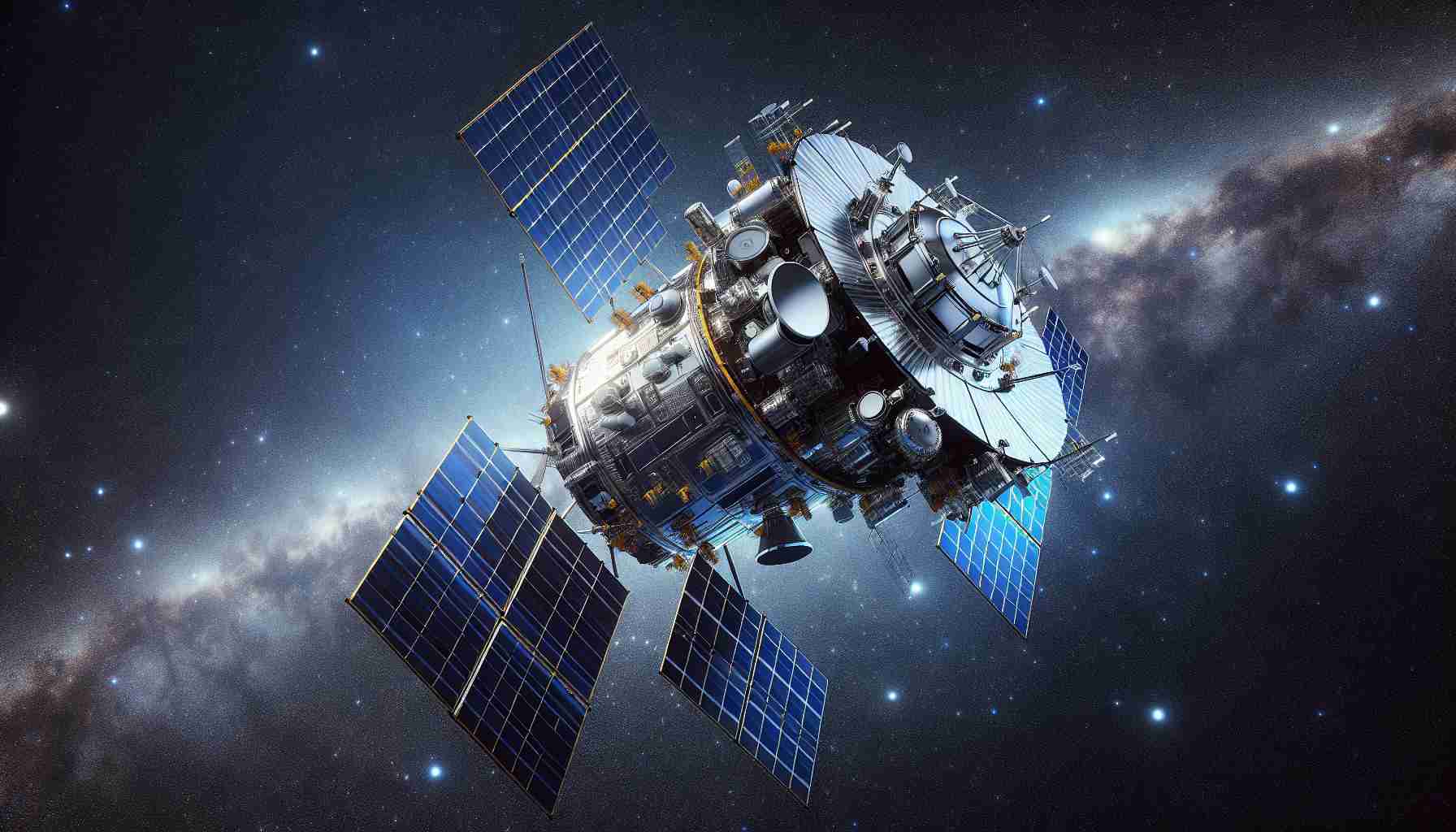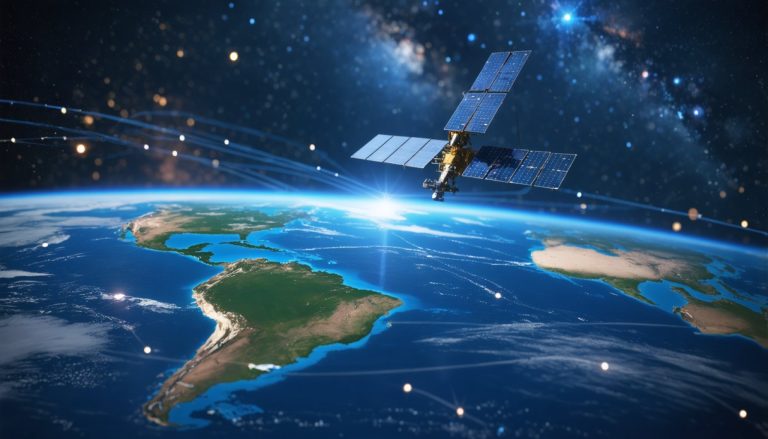
New Delhi is preparing for the launch of GSAT-20, an advanced satellite designed to enhance broadband communication across India. Scheduled for liftoff on Tuesday aboard a SpaceX Falcon 9 rocket, the GSAT-20 is poised to significantly improve in-flight Internet services within the nation. This fully commercial satellite, weighing 4,700 kg, is expected to operate for an impressive 14 years.
Developed over the course of five years, GSAT-20 represents several milestones for India’s space endeavors. It marks the first collaboration between the Indian Space Research Organisation (ISRO) and SpaceX through its commercial wing, New Space India Limited (NSIL). Uniquely, this satellite utilizes solely the advanced Ka-band frequency, optimizing data transmission and providing higher bandwidth for users.
Equipped with 32 user beams, GSAT-20 will be instrumental in expanding broadband and in-flight connectivity services. These beams are tailored to cover specific regions within India, with a concentration on both the northeast and broader areas. Notably, 80 percent of the satellite’s capacity has already been allocated to a private enterprise, with the remaining portion to be utilized for aviation and maritime services.
Radhakrishnan Durairaj, Chairman of NSIL, expressed optimism about the satellite’s commercial success. Moreover, India’s selection of geo-stationary satellites for data services is seen as a strategic, cost-effective choice compared to other satellite models. As ISRO ventures into this new realm of commercial space operations, GSAT-20 is expected to pave the way for future advancements in satellite technology and connectivity in India.
India’s GSAT-20 Satellite is Set to Transform Broadband Connectivity
India is on the verge of a significant shift in broadband connectivity with the anticipated launch of the GSAT-20 satellite. This cutting-edge satellite, scheduled to launch aboard a SpaceX Falcon 9 rocket, promises to revolutionize internet services across the subcontinent, particularly in underserved and remote regions.
Key Questions and Their Answers:
1. What makes GSAT-20 different from previous satellites?
– GSAT-20 is the first Indian satellite using only the Ka-band frequency, which allows for faster data transmission and accommodates more users simultaneously compared to the conventional C-band.
2. How does the satellite support various sectors?
– With 32 user beams specifically designed for targeted service areas, GSAT-20 will cater not only to general broadband needs but also to specialized services in aviation and maritime sectors.
3. What are the implications for the digital divide in India?
– By providing greater internet access to rural and remote areas, GSAT-20 aims to bridge the digital divide, making high-speed internet available where ground infrastructure is lacking.
Key Challenges and Controversies:
While GSAT-20 heralds a new era of connectivity, it does face several challenges:
– Regulatory Hurdles: The integration of satellite services with existing telecommunication regulations may pose challenges, as the current framework is still evolving to accommodate advanced technologies.
– Geopolitical Concerns: As India collaborates with international partners like SpaceX, there may be geopolitical repercussions, particularly regarding technological dependence.
– Cost of Access: Although satellite broadband can enhance connectivity, it may come at a premium price, which could limit access for lower-income populations.
Advantages of GSAT-20:
– Enhanced Connectivity: GSAT-20 will dramatically improve internet access across diverse geographic locations, including rural and remote areas.
– High-speed Services: The switch to Ka-band frequencies will allow for superior data speeds and lower latency, enhancing user experiences.
– Commercial Viability: With 80 percent of its capacity already allocated, GSAT-20 indicates a promising move towards sustainable commercial satellite operations in India.
Disadvantages of GSAT-20:
– Dependence on Weather Conditions: Ka-band signals can be affected by heavy rain and adverse weather conditions, potentially resulting in service disruptions.
– Initial Infrastructure Costs: The rollout of the satellite’s services may require substantial infrastructure investments from private companies.
– Potential Overcrowding: With multiple service providers using the same frequency bands, there is a risk of congestion, which could degrade the quality of service.
Conclusion:
Overall, GSAT-20 holds significant promise for enhancing broadband connectivity in India, particularly in hard-to-reach areas. As the nation embraces this advanced technology, the long-term benefits could align with broader socio-economic improvements, bridging the digital divide and fostering inclusive growth.
For further information on India’s space initiatives and developments in broadband connectivity, visit ISRO and NSIL.



